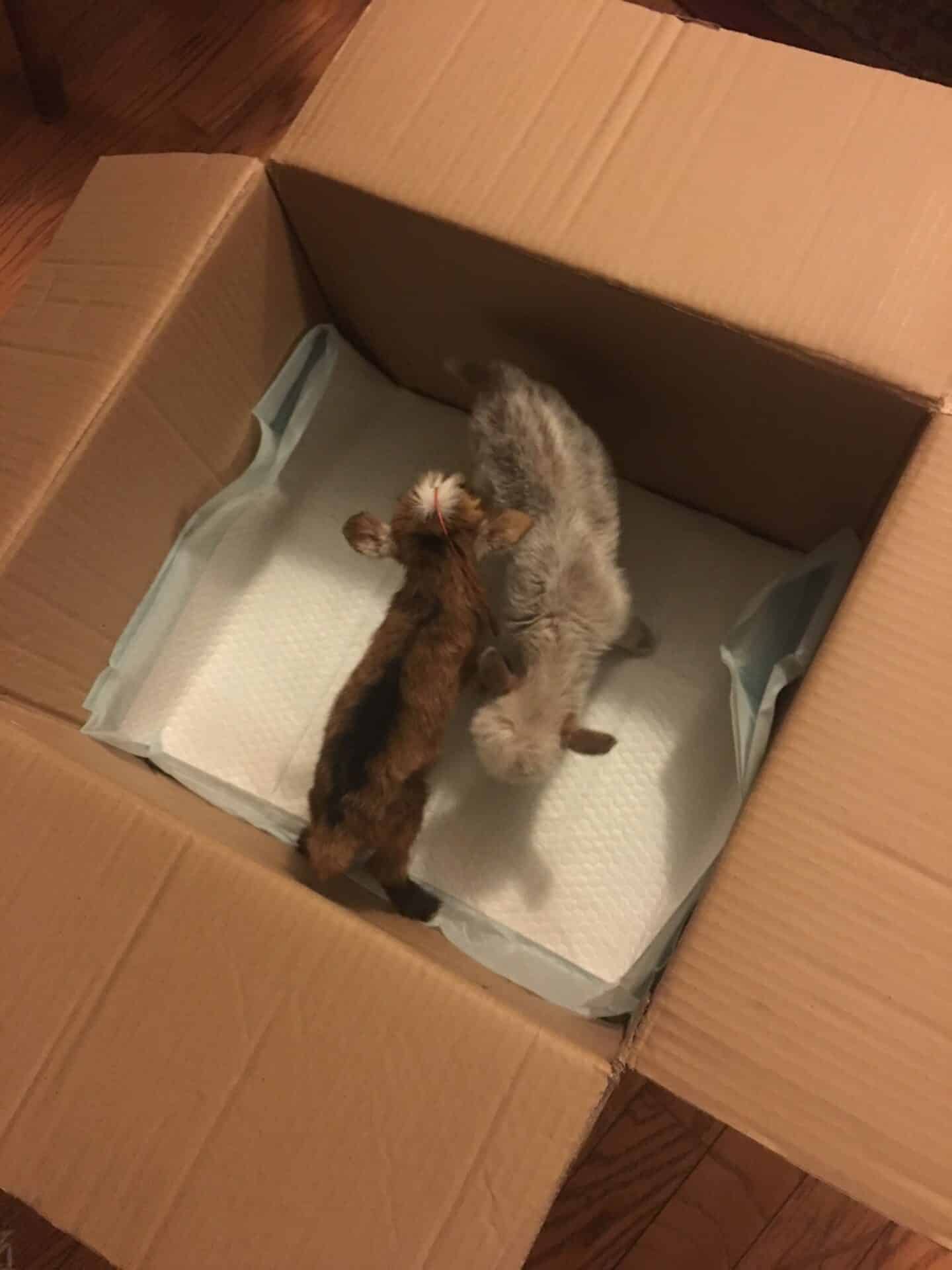Kidding Season. Something that most goat owners look forward to in one way or another. Sometimes joyous, sometimes stressful and sometimes heartbreaking. Giving birth is one of the riskiest times in a goat’s life.
We have had multiple does due the end of February/first of March this year. Some were coming early, some were late. We have day/night vision cameras in the barn to watch over the kidding pens so we can be alerted when a goat goes into labor. These cameras connect through our I-Phones, so we can watch the girls without being in the barn.
A wonderful device, as it showed me Dancer was circling and pawing, making a nest to give birth. I usually check the girls by gently inserting my hand in the birth canal when they get close and Dancer was no exception. But inside I found a ring of tissue I could not get my hand past. Having had a difficult kidding two years ago, it was likely scar tissue, so I called the vet. After a few minutes of discussion, we decided to load her up and head to the vet’s office just in case more assistance was needed. Dancer was HUGE and we knew there could be triplets. As one of our very best does, we weren’t taking chances.
Out vet checked her out and was able to move past the tissue ring and began delivering our nigerian dwarf goat babies, four in all. The first one was extremely tiny, unable to stand and very weak. The remaining three were large, active and ready to face the world. Sometimes in the womb, kids receive different levels of nourishment based on their positioning, possibly a pinched or small umbilical cord….so mother nature does not always divvy out equal nourishment.
Since the first little boy was too weak to stand or nurse, a tiny feeding tube was passed through his nostril to his tummy and we would feed him with a syringe multiple times per day. Eventually, he would gain enough strength to suck a bottle and perhaps go back to Mom. However, separation often means that the mother will reject the baby’s return in favor of the other siblings. It happens frequently. In the meantime, he moved in our house in a cushy box with regular feedings, including through the night.
We nicknamed him Yeti for his white/sandy coloring. After just 48 hours, he improved dramatically. We took him back to Dancer several times so he could nurse, but he could not compete with 3 siblings who were nearly three times his size and knocked him over at the slightest touch. When he tried to butt the udder to release more milk, he repeatedly fell flat on his face. So back in the house he came.
The next day, Cassiopeia went into labor and we successfully delivered triplets. Once again, the very first one was tiny and weak, this time it was a little doe. I was headed back to the vet that day to have the feeding tube removed from Yeti. He had figured out the bottle and was nursing well. Now it was the little doe’s turn. She came along and received a feeding tube herself. She could not stand or nurse and was actually weaker at the start than Yeti had even been.
Within 8 hours and several feedings later, she was standing and “hollering”. After a 5 ml meal of colostrum, she continued to yell. What could be wrong? I picked up Yeti and placed him in the box with her. They sniffed, did a tiny head-butt, laid down opposite each other and went to sleep. I guess she just didn’t like being alone.
As of this writing, Yeti is now trying to jump out of the box, she is hollering “I’m Hungry” and their little tails are wagging furiously. They will be in the house for a while getting TLC. Some breeders using a strict business perspective, would not bother to save very tiny kids. I do understand their position. However, 5 years ago, we had a little doe named Heidi who needed the same intensive care after being the only survivor of a C-Section. Heidi has since grown up into a wonderful, normal size doe who has won show ribbons. She has a lovely productive udder, plus last year, she delivered a baby who placed 3rd at the National Show. So great things CAN come in tiny packages. She was worth the work.
It isn’t just because we are “certified humane”, that we put in the work. It is because we love our goats. They bring us joy, laughter and satisfaction. Helping these little squirts have a chance at life is very, very satisfying. Ok, time for a nap… ..it’ s going to be a long night.



Comments
I agree with your thoughts on the tiny ones. I myself do save who/what I can. And again in those tiny weak eyes I can see champions in my kids. And even though some of you believe it to be a waste of time I do not. I give 100% on every animal no matter the circumstance. Thank You so much for sharing.
Jodie:
Thank you for commenting!! Many people do believe it is a waste of time sadly. Glad to know someone else out there does not!
Small, but mighty. And very cute!